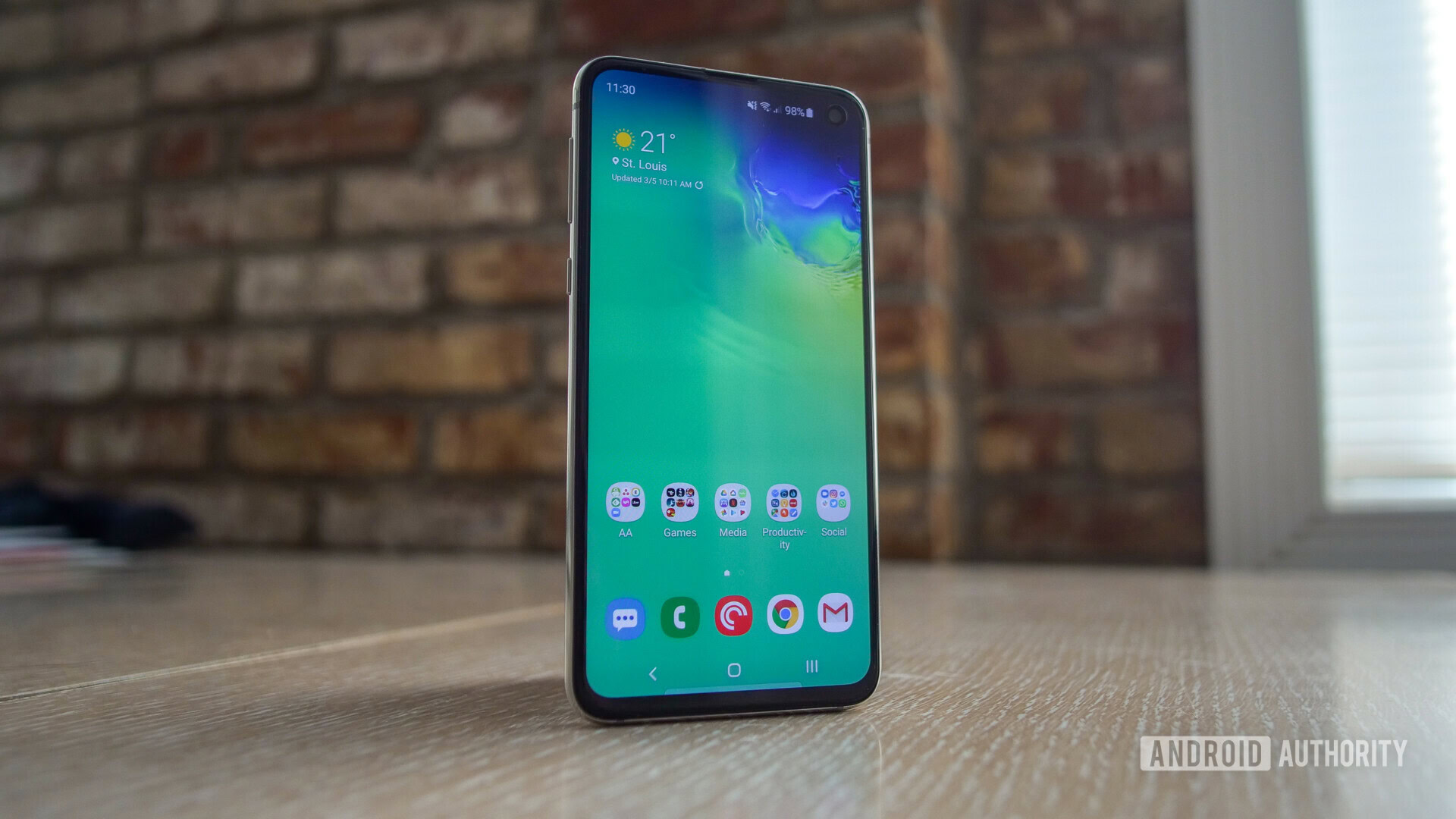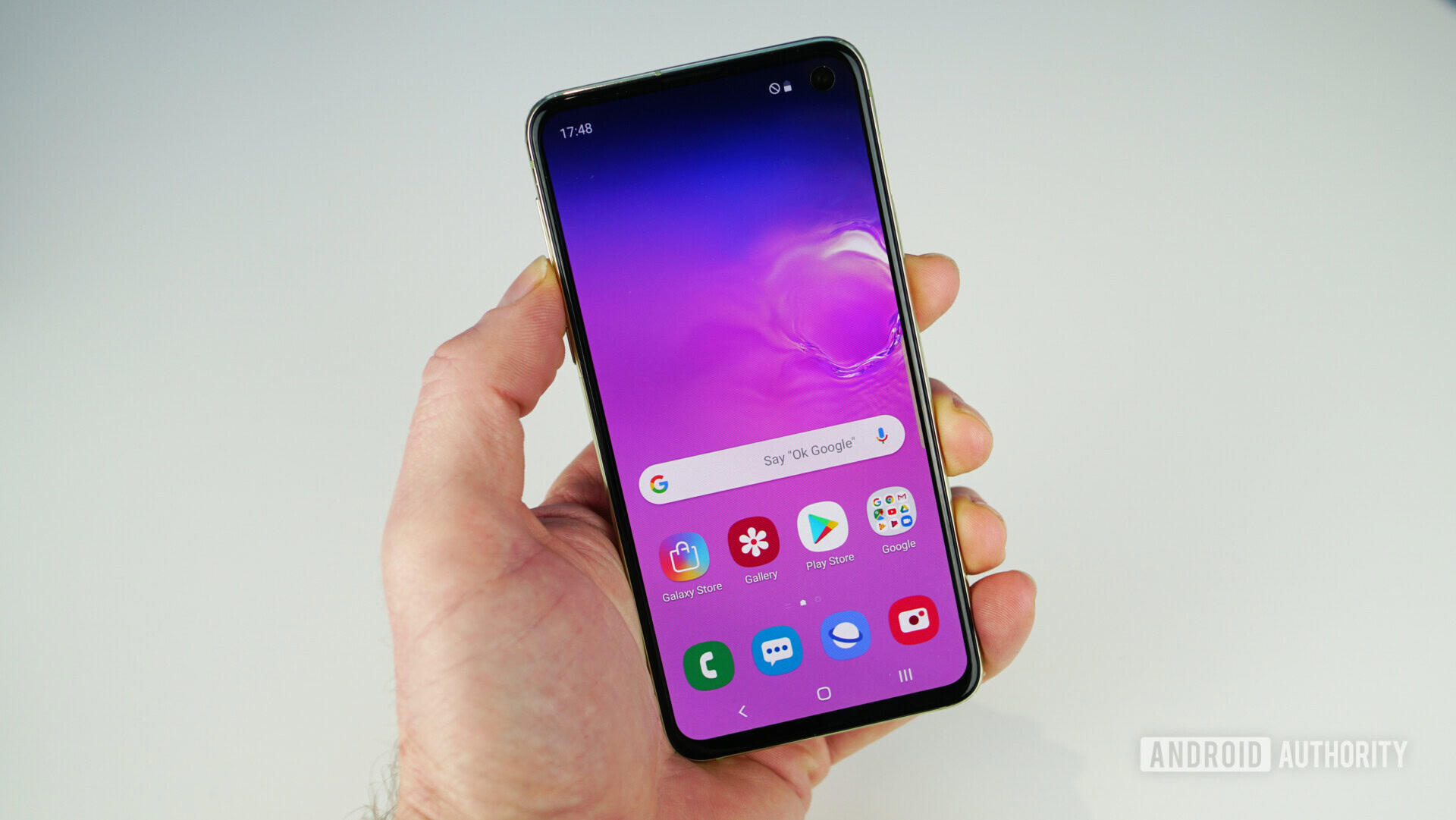Affiliate links on Android Authority may earn us a commission. Learn more.
Samsung wants full-screen phones with embedded cameras, but it might take a while
March 14, 2019

Samsung has reaffirmed its aims to produce an all-screen smartphone, according to South Korean news site Yonhap. Speaking at a recent briefing, Samsung’s vice president of Mobile Communication R&D Group Display, Yang Byung-duk, said the ultimate goal was to house all the phone’s front sensors beneath the display.
Bezel-less smartphones, which sees the front of the phone occupied entirely by the display, have been a focus for many Android OEMs in recent years. These would allow smartphones to pack larger displays on smaller bodies, the entirety of which would be touch-activated.
It’s no surprise Samsung is aiming for truly full-screen phones — it has trended towards thinner bezels for many years — but its discussion on the methodology is interesting.

Right now, the question of where to place the front-facing camera and speakers is a sticking point for Android OEMs. Some manufacturers have gone to the lengths of producing vibrating display bodies and pop-up cameras to optimize the space on the front of their phones. The recently launched Samsung Galaxy S10e (pictured above and below) has camera set into a display cutout, rather than underneath it.
Samsung’s goal of placing all its front sensors under the phone means we don’t see it take a pop-up camera or sliding phone route, but we could see multiple cameras under the screen in the future. Yang also said Samsung was thinking about producing “Crystal Sound OLED” screens, which would perform the function of a speaker. The LG G8 ThinQ uses similar tech.
Meanwhile, Samsung has already successfully brought in-display fingerprint scanning technology to its devices on the Galaxy S10 series.

Full-screen smartphones are an exciting prospect for Android fans, but the mooted timelines suggest we still have a while to wait for them.
“Though it wouldn’t be possible to make (a full-screen smartphone) in the next 1-2 years, the technology can move forward to the point where the camera hole will be invisible, while not affecting the camera’s function in any way,” Yang said, via Yonhap.
It’s an ambiguous statement. It could mean Samsung may be able to place the camera comfortably under the screen in the next two years, but getting rid of the bezels entirely, and burying other sensors, may take more time. Or it could just be Yang confirming it will be possible to have a full-screen device with properly functioning under screen camera some day, but not for a year or so. Either way, it seems Samsung won’t have a truly bezel-less phone before March 2020 at the very earliest.